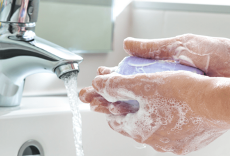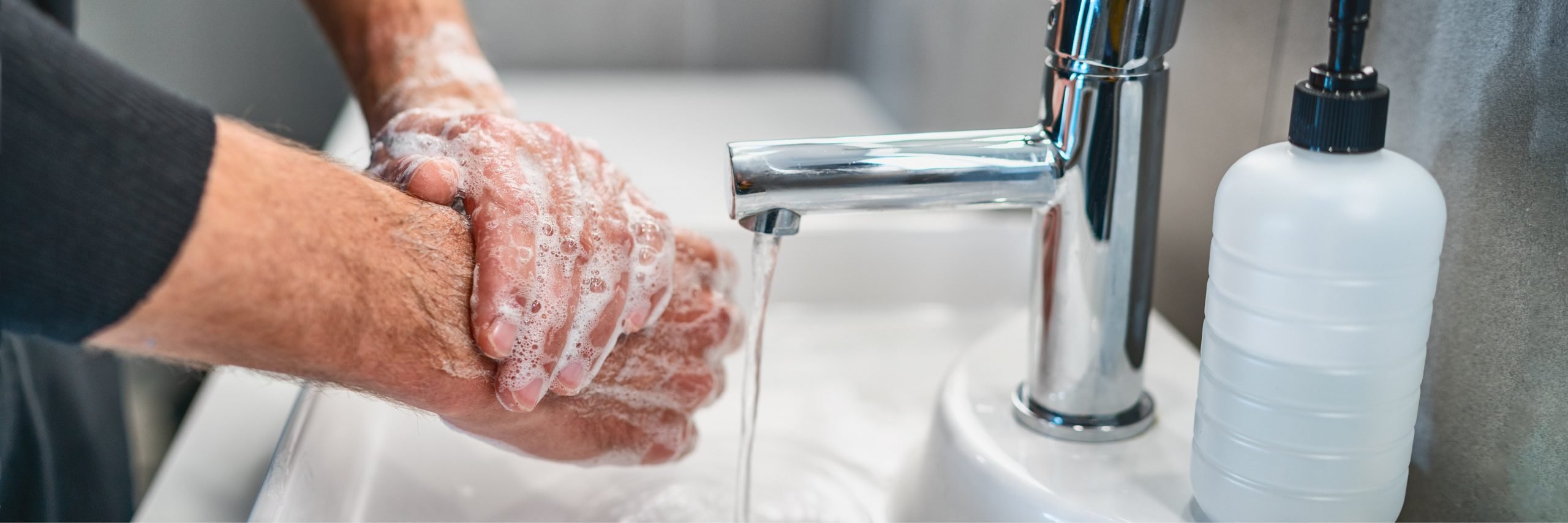Adopting Additional Safety Protocols to Keep Farm Families and Employees Safe
Most farms under "normal" circumstances have outstanding health and safety protocols in place to keep the livestock, the crops, and the people safe. In the wake of COVID-19, some additional standard operating procedures may be necessary to protect employees.
 Don't know where to start? Typically, the best place to start is by writing down the practices you intend to use. Remember, you need to think through what safety protocols you already have in place. Also, you may now be adding methods to mitigate the risk of transmission of the virus. This, in turn, helps protect your workers' health and safety and those with whom they come in contact.
Don't know where to start? Typically, the best place to start is by writing down the practices you intend to use. Remember, you need to think through what safety protocols you already have in place. Also, you may now be adding methods to mitigate the risk of transmission of the virus. This, in turn, helps protect your workers' health and safety and those with whom they come in contact.
Every farm may operate a bit differently, so a next step to make sure your additional safety practices are practical and effective is to test them. Walkthrough each operation. Document things like personnel proximity, hand washing, and air circulation to see how these things work in the flow of the day.
In many operations, vehicles such as tractors, loaders, pickups, etc. are shared by many users. Where possible, consider assigning individuals to vehicles. Make sure there is sanitizer available to wipe surfaces between uses. Door knobs, steering wheels, gear knobs, radio, and touchscreen surfaces should be regularly cleaned.
Communication with and among those on the farm is essential.
- Does everyone understand what is being asked?
- How will you communicate the safety protocols with employees?
- Posting signage to remind individuals to comply with and having regular virtual meetings and/or text reminders can help people adopt new practices more readily.
Many farms involve multiple generations. Consider that some of your family members or employees may be at higher risk of virus susceptibility. Eliminate close personal proximity for extended periods.
North Dakota State University provides a detailed list of considerations for keeping yourself and farm employees safe.


